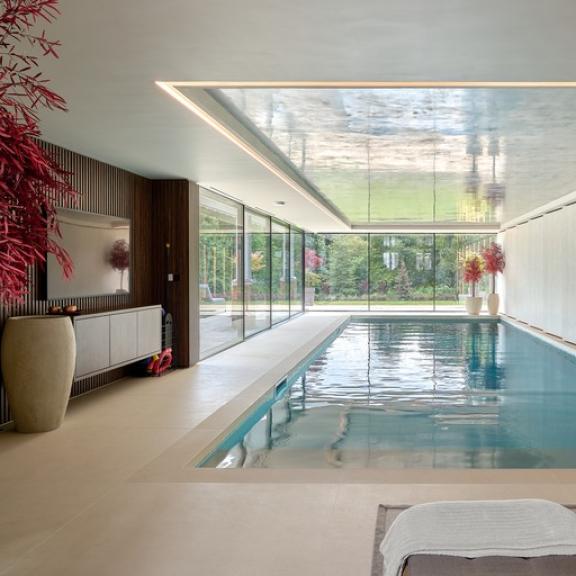Is a trade mark right for your interior design practice?
A trade mark could be the protection you need for your brand. Get in the know with our speedy guide.

Registering a trade mark can protect the name of your interior design service – in other words, your brand. It’s a way of distinguishing your services from those of the competition. Registering your company doesn’t stop someone else registering the same name, or something similar, as a trade mark, so it’s an extra protection that’s well worth considering.
What can I register as a trade mark?
A trade mark can include words, logos, colours, sounds or a combination of any of these. It cannot, though, describe your services (the word ‘cotton’ cannot be a trade mark for a cotton textile company in the government’s example). A trade mark can’t be misleading, either, nor can it be a three-dimensional shape associated with the trade mark, be too common and non distinctive, nor look too similar to state symbols like flags or hallmarks. A trade mark can’t be offensive, either.
How do I register a trade mark?
You could choose to work with a chartered trade mark attorney, or undertake searches and registration with government body the Intellectual Property Office yourself.
Either way, it’s vital to check the trade marks database to see if anyone has registered a trade mark that’s identical, or similar, for the same or similar services. If there is an already registered trade mark like this, you would need the holder’s permission to register yours.
How do I apply to register a trade mark?
You can register a trade mark with the Intellectual Property Office via the website gov.uk. You’ll need to have details of what you want to register – for instance, a word, slogan, or illustration. You’ll also need to know which of the trade mark classes you want to register in. Applying on paper is also possible.
What happens after you apply for a trade mark?
You’ll receive an examination report within 20 days, and there’s a time limit of two months to resolve any problems.
If the examiner has no objections, the application is published in the trade marks journal for two months. Anyone can oppose it during this time. You’ll be told by the Intellectual Property Office if this happens, and you would then have the choice to withdraw the application, talk to the person who opposed it, or defend your application.
When any objections are resolved, the trade mark will be registered, and you’ll get a certificate.
Does my trade mark last?
A trade mark lasts 10 years, so you’ll need to renew it in the six months before it expires – or for up to six months afterwards.
Looking for more information? Do you want the lowdown on all the benefits and the application process, our members can find it find it here in our detailed guide.
Explore new resources from the BIID. Seeing a padlock? Just login or become a member to view.
View the highlights from our 60th anniversary party
We asked Anna Burles: What makes the perfect software?
Discover the smart home technology awards with Platinum Partner, CEDIA
Explore the latest, member-exclusive, templates designed to make your life easier.
University of Gloucestershire wins the BIID Student Design Challenge 2025.





